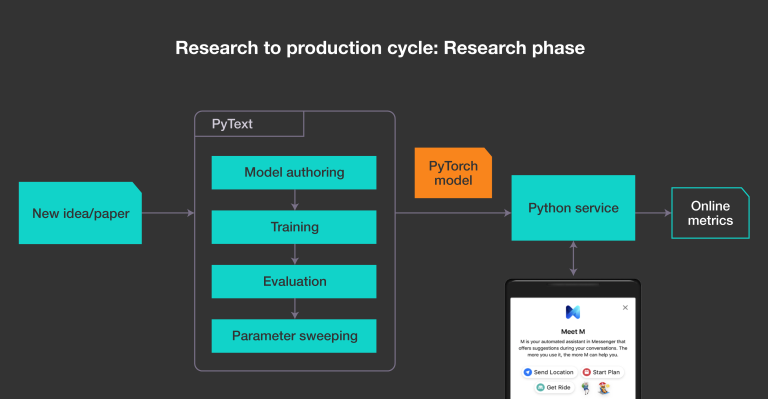There has been a surge in interest in NLP application used to automate the process of analysing text data right from news articles, emails, blog articles, posts, comments, etc. The deep learning-based text understanding engine by Facebook, DeepText is able to understand the textual content of thousands of posts per second with a near-human accuracy rate.
In this article, we list down five 5 Deep Learning-Based Text Analysis Tools NLP Enthusiasts.
(The list is in alphabetical order)
1| Amazon Comprehend
This is a natural language processing service which uses machine learning techniques to find insights such as customer emails, support tickets, product reviews, etc. and relationships in a text. Amazon Comprehend helps to disclose the insights and relationships in unstructured data.
It identifies the language of the text, extracts key phrases, understands the positivity as well as the negativity of a text, analyses text using tokenisation and parts of speech and automatically organises a collection of text files by topic. There are several uses of this service such as given below
- It can be used to analyse customer interactions in the form of support emails, social media posts, online comments, etc. and discovering the experiences from them.
- It provides a better search experience by enabling a search engine to key phrases, entities, and sentiments
- Amazon Comprehend can also be used to organise and categorise your documents by topic for easier discovery
2| Google Cloud Natural Language
This cloud Natural Language API provides natural language understanding technologies which include entity recognition, sentiment, content classification, etc. One can use this service to extract information of people, places, events, etc. from text documents, video contents, blog posts, articles, etc.
Here, you can also analyse text uploaded in your request or integrate with your document storage on Google Cloud Storage. Some of the use cases mentioned below:
- You can extract insights on product reception or user experience from various sources like social media, email, etc. with the help of entity detection and sentiment analysis.
- It has the ability to support multimedia multilingual by extracting insights from audio conversations. Extract entities and understand sentiments in multiple languages by translating text first with Cloud translation.
- It can build content classification relationship graphs of entities extracted from the news or some other sourced articles by using signals from state-of-the-art syntax analysis.
3| PyText
PyText is Facebook’s open-sourced modelling framework built on PyTorch which addresses the often-conflicting requirements of enabling rapid experimentation. It can serve as an end-to-end platform, and one can apply it out of the box to create NLP pipelines. To improve conversational understanding of various NLP tasks, one can use PyText to leverage contextual information. There are several benefits to this service which are mentioned below:
- It can be used to more quickly and easily experiment with and deploy systems to perform document classification, sequence tagging, semantic parsing, multitask modelling, etc.
- It can access to a rich set of pre-built model architectures and utilities for text processing and vocabulary management to facilitate large-scale deployment.
4| Parsey McParseface API
The Parsey McParseface is an open-sourced machine learning model where the framework is Tensorflow and is authored by tech giant Google. This is basically an open-source parser for English which is a globally normalised transition-based neural network model that achieves state-of-the-art part-of-speech tagging, dependency parsing, and sentence compression results.
5| Watson Natural Language Understanding
https://www.youtube.com/watch?time_continue=93&v=J5IlKj7H8T8
IBM Watson Natural Language Understanding service is a set of sophisticated natural language processing capabilities which helps to understand the complexities of human language by deriving fast meaningful insights. It allows the users to analyse text and extract metadata from content such as keywords, concepts, entities, sentiment, emotions, etc.
You can develop a custom model by using IBM Watson Knowledge studio and use it with Watson Natural Language Understanding in order to tailor your solution by extracting domain-specific entities and relations, after successful building you can use it under Watson developer cloud.



























